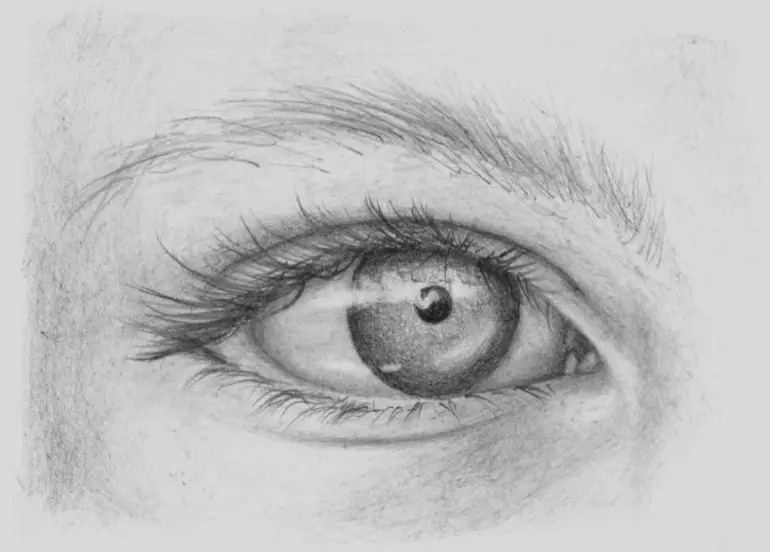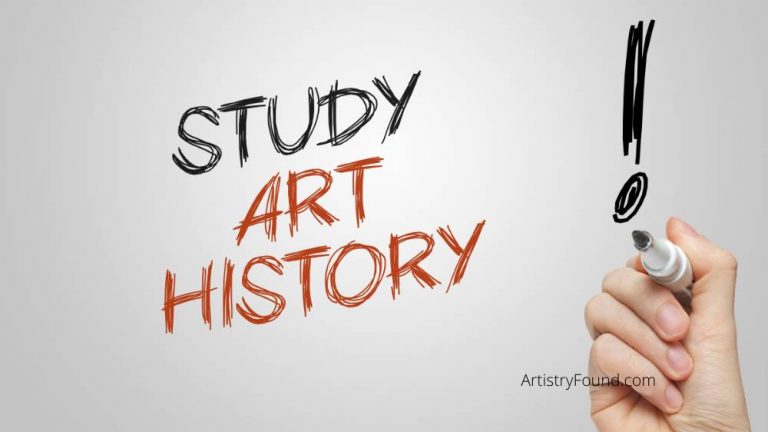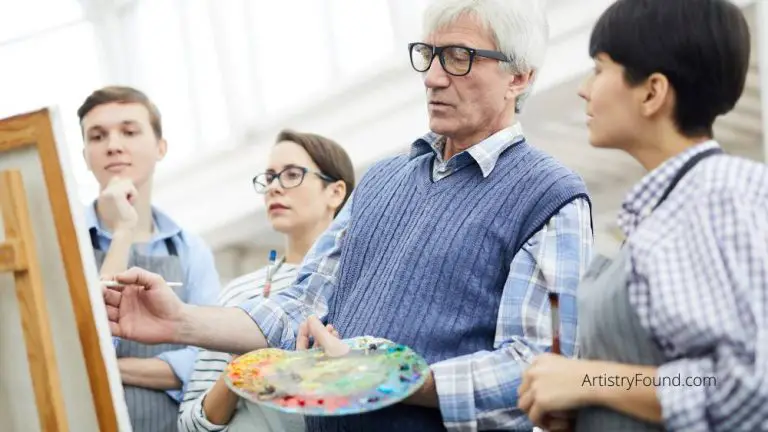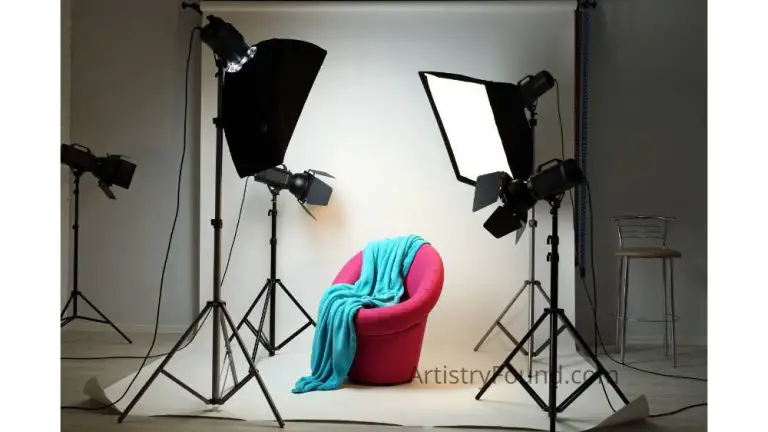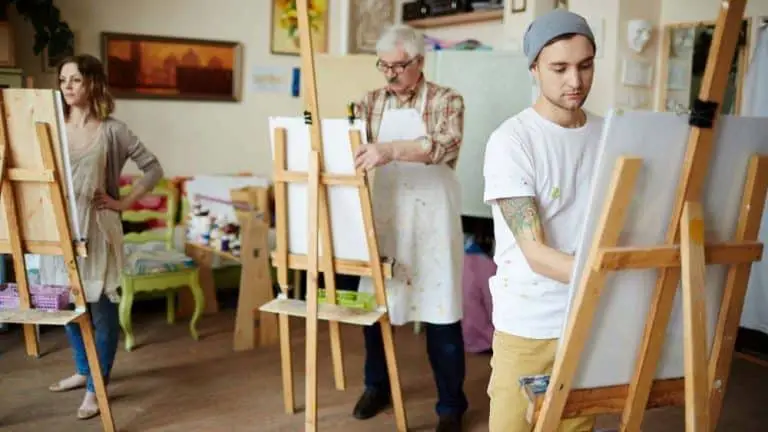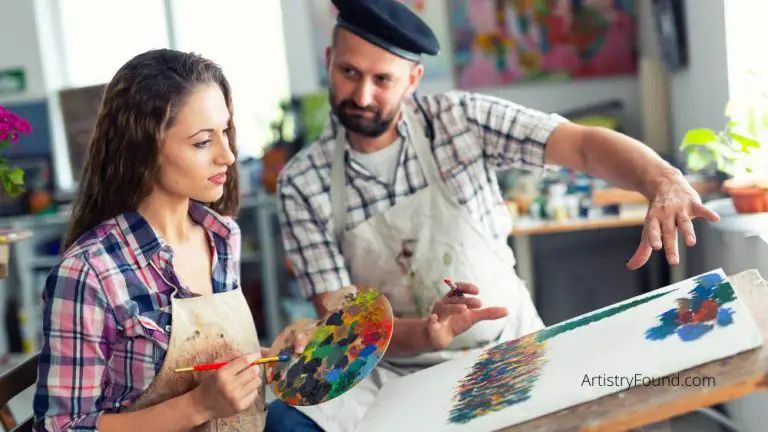How To Become an Artist Without Going to Art School (Top Tips)
You always dreamed of becoming an artist. While many prospective artists enroll in art school to launch their careers, you may be wondering if you can become a professional artist without going to art school?
Becoming an artist without getting the required formal education is not only possible, it is recommended in many cases. By gaining art education from other means, you can become as proficient as anyone who spent thousands of dollars and four years trying to become a professional artist.
Regardless of your education, the path to becoming a respected artist is never easy. From the experience of professional artists who have never seen the four walls of art school, here is a guide to becoming an artist without getting a formal education.
How to Become an Artist Without Going to Art School
You may be thinking: if art school is unnecessary, how does someone become an artist without going through school?
If you’re asking that question, you’re not alone. Since there is a scarcity of answers on the internet, I’ll answer that question for you. In this guide, you’ll learn how to become an artist without paying for an arts degree.
The secret to becoming a good self taught artist is the ability to express yourself using paint, pen, or pencil on a canvas. To master this art, you must not be illiterate in art.
In short, you need to pursue some sort of a formal art education if you want to become an artist, but not necessarily in an art school.
Best Alternatives to Art School (That Will Help You Become an Artist)
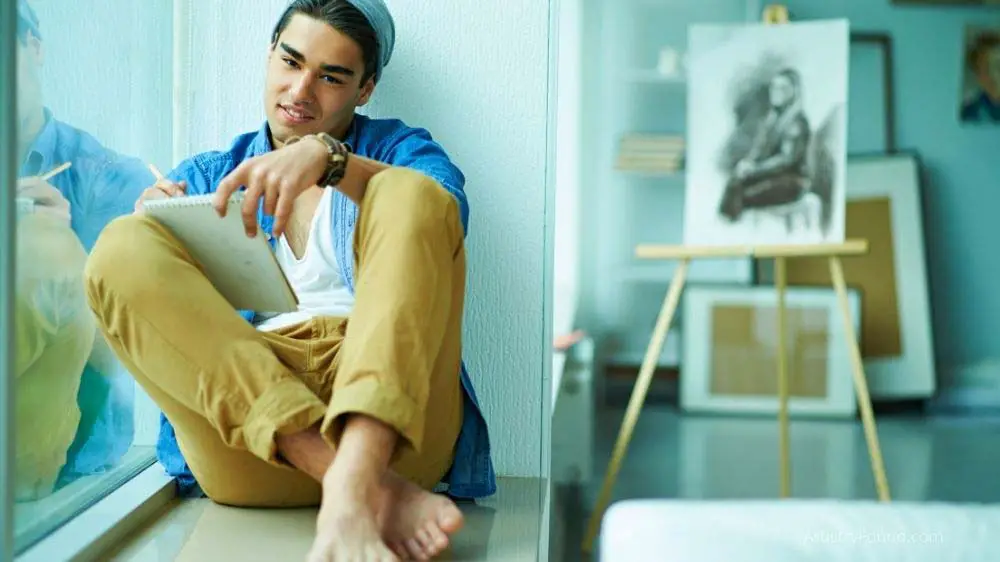
(This article may contain affiliate links and I may earn a commission if you make a purchase)
As I mentioned earlier in this article, you don’t need an art school education to become a proficient artist. There are many better alternatives to an art school degree both on and off the internet that will help you reach your dream faster while costing you considerably less.
Here are some of the best alternatives to consider before committing four years of your life to get an arts degree.
1. YouTube For Artists
YouTube is a treasure trove of information about anything, including art. There are tutorials for almost any art topic you’ll learn from an art school, freely available on YouTube.
However, using YouTube as a learning source on your path to becoming a better fine art, commercial, or freelance artist is very tricky. Unlike an art school, you don’t have a definite learning trajectory to ensure that you’re not wasting your time.
But fortunately, the solution to that is surprisingly simple. You can search for the syllabus for any basic art degree or course, cross out everything you think you don’t need, and start watching videos about what you need to learn.
Also, you can ask more experienced artists to recommend their favorite and least favorite YouTube channels. This way, you know exactly where to look for knowledge on YouTube and what channels to avoid.
As you gain some useful knowledge from the YouTube videos you watch, you can start practicing what you’ve learned on your own to increase your knowledge and skills.
2. Take An Online Art Class (Or Several)
While there are a lot of helpful free resources on YouTube, sometimes, you just need someone to guide you through a tutorial, giving you assignments that you can submit for critique.
Since YouTubers usually release their courses to the public without even knowing who their students are, a YouTuber can’t offer this on YouTube.
However, you can take some online art courses and webinars to get exclusive access to top artists with a plethora of experience in arts.
While they don’t necessarily offer better classes than what you can normally find on YouTube, the difference is in the interaction. Not only are online courses and webinars more interactive, but you also get a professional artist to critique your artwork.
Again, when trying to purchase an online course, try to get recommendations from professional artists and artist friends. If you find any that are exceptionally good, try to jot them down; in no time, you’ll also be in a position to recommend courses to up-and-coming artists like yourself.
3. Find an Art Teacher (If You Can Afford It)
Private art teachers aren’t cheap, and they aren’t always widely available either. Getting a teacher that’s willing to see and critique your work, give constructive feedback, and occasionally guide you on some art topics requires generosity, both on your part and on the part of the teacher or mentor.
On your part, you must be willing to make their time spent with you worthwhile. Nobody in any profession will leave their job to come to tutor you for free; even YouTubers earn from AdSense.
Also, you shouldn’t be ashamed of spamming artists’ DMs on Instagram and other social media platforms. You’re the one who needs a mentor; if you can’t seek it using any means possible, you better go to an art school.
4. Attend Art Conferences
In addition to getting a mentor and learning online, you also need to attend some art conferences to learn about the art world from some of the most renowned artists and designers.
These conferences are necessary for two main reasons. Firstly, you probably can’t afford to pay to hire the world’s most respected experts to be your one-on-one mentor.
Secondly, you can build lasting relationships with other artists like you trying to improve their careers. Building a relationship with a fellow artist will only positively impact your career, as you can learn from each other over the long term.
If you can find other artists trying to become seasoned artists without going the typical route of an art school, you can ask them for recommendations regarding their favorite YouTubers and art content creators.
Behaviors to Adopt to Become a Better Self-Taught Artist

The previous section has outlined most of the ways to learn art informally. But, as you can already guess, doing everything recommended above won’t automatically make you a better artist. There are certain new behaviors you must start exhibiting to create artworks that stand out amongst the crowd.
Here are several things you can start doing today to build your career as a self-taught artist.
1. Read Books By Successful Artists
Many ultra-successful artists don’t have time to teach new artists and critique their artwork, but they certainly have time to compile all they’ve learned over the years into a book.
While you’re taking online courses to learn new ideas and art techniques, you can also grab some of the most read books in the art world to learn how successful artists think.
You can ask YouTubers, content creators, and other artists for their book recommendations. By reading one new book every month, you’ll get knowledge that you may never have acquired if you relied on just an art school’s curriculum.
2. Practice Your Art Consistently
Practice makes for perfection; reading every book from every established author in the world, watching every YouTube video about art, and completing every course out there without trying to create anything yourself will have the same effect as not trying at all.
Art is less raw artistic talent and more practice. Nobody is born with the unique ability to produce thought-provoking artwork without even trying.
In short, nothing replaces consistent practice. College degree or not, if you don’t create artworks regularly, none of what I said or will say matters.
3. Get the Required Tools and Art Supplies
If you want to become a professional artist, you should have the gear of professional artists, at least. Using cheap or substandard equipment for your designs is one of the easiest ways to create substandard artwork.
Some of the courses you take should walk you through a list of the equipment you will need to create your designs, but I’ll be repeating it here anyway.
You may need to buy colored pencils, paintbrushes, an easel, a painting table, some paint, and varnish. You may not need to buy everything I mentioned, and your list may not be limited to this, but it is a good starting point.
4. Visit Art Museums and Galleries
Depending on where you live, there should be a couple of art galleries or museums around. Regularly touring an art gallery or museum will show you the artworks of experienced artists, helping you to learn from their works.
Instead of checking out the artwork yourself, it may be better to take a guided tour. That way, you can ask questions about the pieces you’re checking out to learn even more about them. In addition, learning the intentions of the artist with a particular artwork will help you create better visual art in the future.
2 Reasons Why You May Need an Arts Degree

While you may not need an art degree to make millions from your artworks, art degrees aren’t useless. There are upsides to getting a degree in fine arts from an art school that may make your time and financial sacrifice worthwhile.
Here are some reasons why you should consider getting an arts degree if you can afford it.
1. Networking With Other Emerging Artists
While artists increasingly realize that they don’t need degrees to become professional artists, a very high proportion of artists still go through the more traditional route of art school.
If you can pay the money for an art degree, you will have better chances of networking with other students to help yourself improve your art career.
While you can build impressive networks without enrolling in an art school, enrolling opens you to a network of people who are sincerely serious about improving their art skills.
2. Increased Art Related Employment Opportunities
While you may not need an art degree to become a professional artist, going to an art school doesn’t only train you to become an artist.
There are many job postings and internship programs specifically for graduates of a fine arts program. A fine arts degree may be the only way to get access to these jobs or internships.
Do You Need Art School to Become an Artist?
Art school isn’t bad. It’s an excellent way to learn the basics of art, history, and art styles that may help you come up with new ideas for your art. However, art school isn’t the end-all-be-all.
You may learn many helpful things from an art school. However, art is closely related to uniqueness, and you only truly become an artist when you can express yourself uniquely. Art school may be able to help with this, but nobody can teach you your unique style.
And there’s the money factor. Art school can be very expensive and can be very time-consuming. Not only do you have to make yourself available most of the time, but you also have to pay a lot of money to learn things that you may not need.
While art school may be helpful for those who can afford it, you should question if it’s worth it for you. What you end up learning from the school is nothing compared to what you sacrifice to see yourself through.
However, the fact that you don’t need to go to an art school to become an artist doesn’t necessarily mean you shouldn’t educate yourself in arts. There are many other places to get knowledge about art without having to sit and take classes for the next four years.
Getting an art degree might be worth it if you can afford to put in the time and money. While people with academic knowledge of art aren’t necessarily better at it, they’re more employable in secondary art positions like an art instructor, etc.


